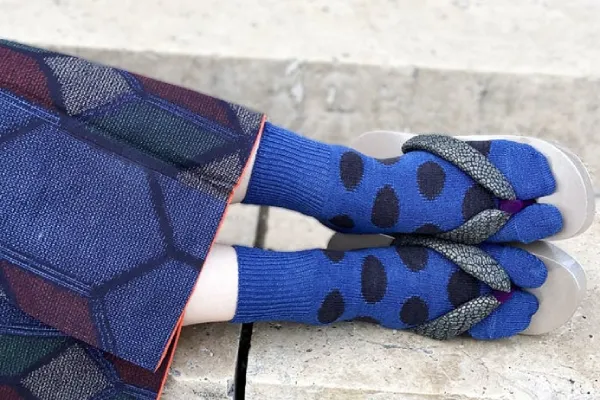
The global socks industry is highly competitive, with countless brands and SKUs competing for shelf space and consumer attention. For retailers and wholesalers, the challenge is not only about sourcing quality products but also about curating an assortment that balances volume, profitability, and differentiation.
This is where the comparison between tabi socks and regular socks becomes strategically relevant. Regular socks dominate as an everyday commodity, while tabi socks — with their distinctive split-toe design — offer a unique proposition for niche growth, differentiation, and premium positioning. Understanding how these two categories function within the market helps businesses design smarter product portfolios.
Structural Differences and Product Positioning
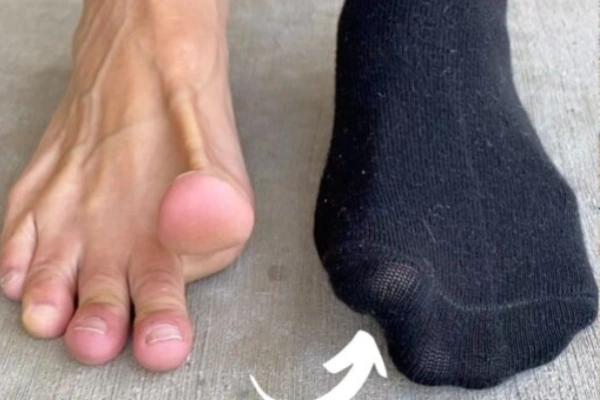
Tabi Socks: Split-Toe Design
Tabi socks separate the big toe from the others, a design rooted in Japanese tradition. On shelves, this structure immediately stands out and signals uniqueness. For buyers, this makes tabi socks ideal as differentiation SKUs, suited to specialty channels, cultural collections, or sports-focused assortments.
Regular Socks: Standardized Commodity
Regular socks use a one-piece design that every consumer recognizes. They are the baseline product in the category, with broad acceptance and predictable turnover. For retailers, they remain non-negotiable SKUs that guarantee steady sales volume.
Strategic Implications
The distinction is clear: regular socks provide stability, while tabi socks provide uniqueness. A smart portfolio uses both — one to secure volume, the other to elevate brand value and margin potential.
Consumer Demand and Trend Signals
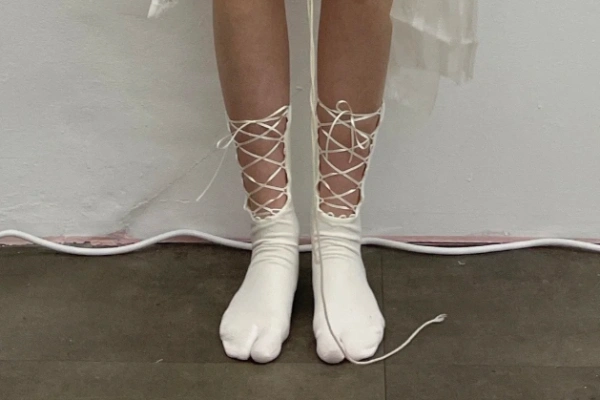
Tabi Socks: Niche Growth
Demand for tabi socks is expanding beyond tradition. Consumers in wellness, yoga, and running communities appreciate the functional balance benefits, while fashion-forward buyers view them as a cultural or style statement. These niches are smaller but willing to pay a premium, giving retailers margin opportunities.
Regular Socks: Stable but Saturated
Regular socks remain a universal necessity. They appeal to every demographic, ensuring constant turnover. However, the market is highly saturated, and competition is primarily price-driven. For retailers, this means reliable sales but tighter margins.
What This Means for Retailers
Tabi socks deliver differentiation and higher perceived value, while regular socks ensure volume and stability. Successful buyers recognize that both categories serve distinct consumer motivations and should be managed accordingly.
Profitability, Margins, and Inventory Dynamics
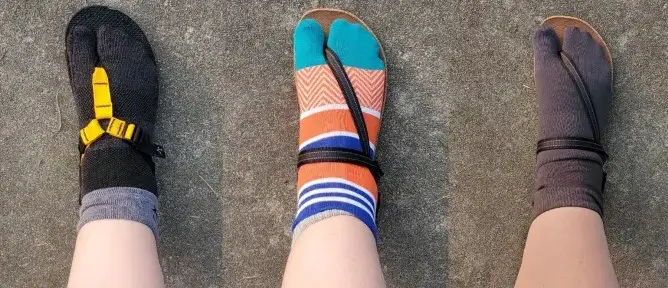
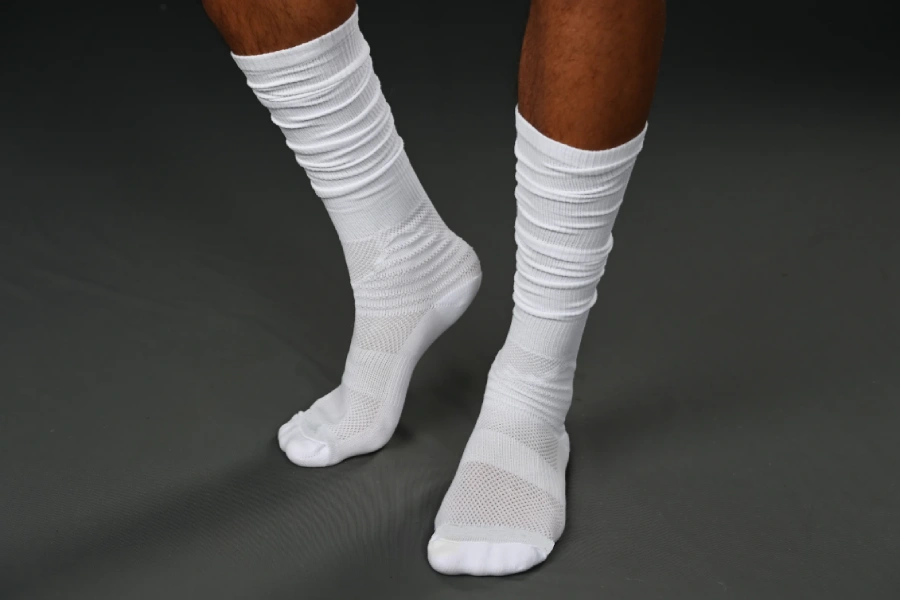
- Tabi Socks: High Margin, Slower Turnover
Tabi socks can command higher price points thanks to their unique design and niche appeal. They often work best as specialty SKUs, driving margin and brand value. The trade-off is slower turnover and the need for targeted marketing, as not every consumer is familiar with the split-toe format. - Regular Socks: Fast Turnover, Lower Margin
Regular socks are high-volume essentials. They move quickly, ensuring steady cash flow and predictable procurement cycles. However, margins are typically thin due to commoditization and intense price competition.
Strategic Takeaway
Regular socks secure liquidity and baseline sales, while tabi socks offer profitability and differentiation. A balanced inventory plan should leverage both: regular socks for scale, tabi socks for margin growth.
Merchandising and Channel Strategy
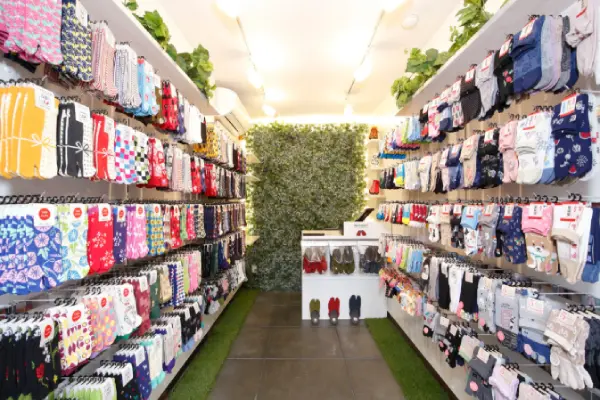
Tabi Socks: Specialty and Storytelling
Tabi socks perform best when presented as specialty items. They fit well in wellness, sports, cultural, or fashion-focused assortments. Effective merchandising highlights their unique design and heritage, turning them into conversation pieces that justify premium pricing.
Regular Socks: Core and Mass Channels
Regular socks belong in mass retail and e-commerce, where consumers expect to find basic essentials. They are the category’s foundation, supporting volume-driven promotions and bulk sales.
Channel Planning
For wholesalers and retailers, the strategy is clear: use regular socks to secure baseline demand, and tabi socks to create differentiation in select channels. This balance strengthens both turnover and brand positioning.
Strategic Recommendations
Retailers and wholesalers should treat tabi socks and regular socks as complementary, rather than competing, products.
- Regular socks: maintain them as core SKUs for predictable turnover, bulk sales, and price-driven promotions.
- Tabi socks: position them as specialty SKUs that enhance differentiation, margins, and brand storytelling.
The most effective product strategy combines both: regular socks for scale, tabi socks for value.
FAQs
Are tabi socks profitable for retailers?
Yes. While tabi socks move more slowly than regular socks, they often command higher margins and attract niche consumers. They work best as specialty SKUs to complement core sock assortments.
What types of stores should carry tabi socks?
Tabi socks fit well in specialty channels such as sports and wellness shops, fashion boutiques, cultural stores, and premium e-commerce assortments. They add differentiation where standard socks dominate.
How should wholesalers balance tabi socks and regular socks in inventory?
A common strategy is to use regular socks for volume and turnover while allocating a smaller percentage of inventory to tabi socks for margin growth and brand distinction.
Do tabi socks require consumer education?
Yes, some. Their split-toe design may be unfamiliar, so merchandising and storytelling (e.g., cultural origins, performance benefits) are key to driving adoption.
Where can retailers source authentic tabi socks?
Buyers should look to trusted suppliers and niche distributors with proven quality standards. See our guide on Where to Buy Authentic Japanese Tabi Socks Online for reliable sourcing options.
Conclusion – Building a Balanced Socks Portfolio

In the socks category, regular styles provide stability, while tabi socks create differentiation. One secures steady turnover and consumer trust; the other delivers higher margins and brand distinction. For wholesalers and retailers, the winning strategy is not choosing one over the other but balancing both within the portfolio.
Adding tabi socks as specialty SKUs allows you to test new markets, attract trend-driven consumers, and build a stronger brand presence against competitors limited to commodity products. Regular socks, meanwhile, remain essential for scale and reliable cash flow.
👉 Explore our website to discover how custom sock solutions can elevate your assortment. In addition to tabi socks, we offer a wide range of functional products — from compression socks, grip socks, Pilates socks, and baby socks to cycling socks and diabetic-friendly socks, etc. Partner with us to design a portfolio that combines stability, differentiation, and long-term growth.
